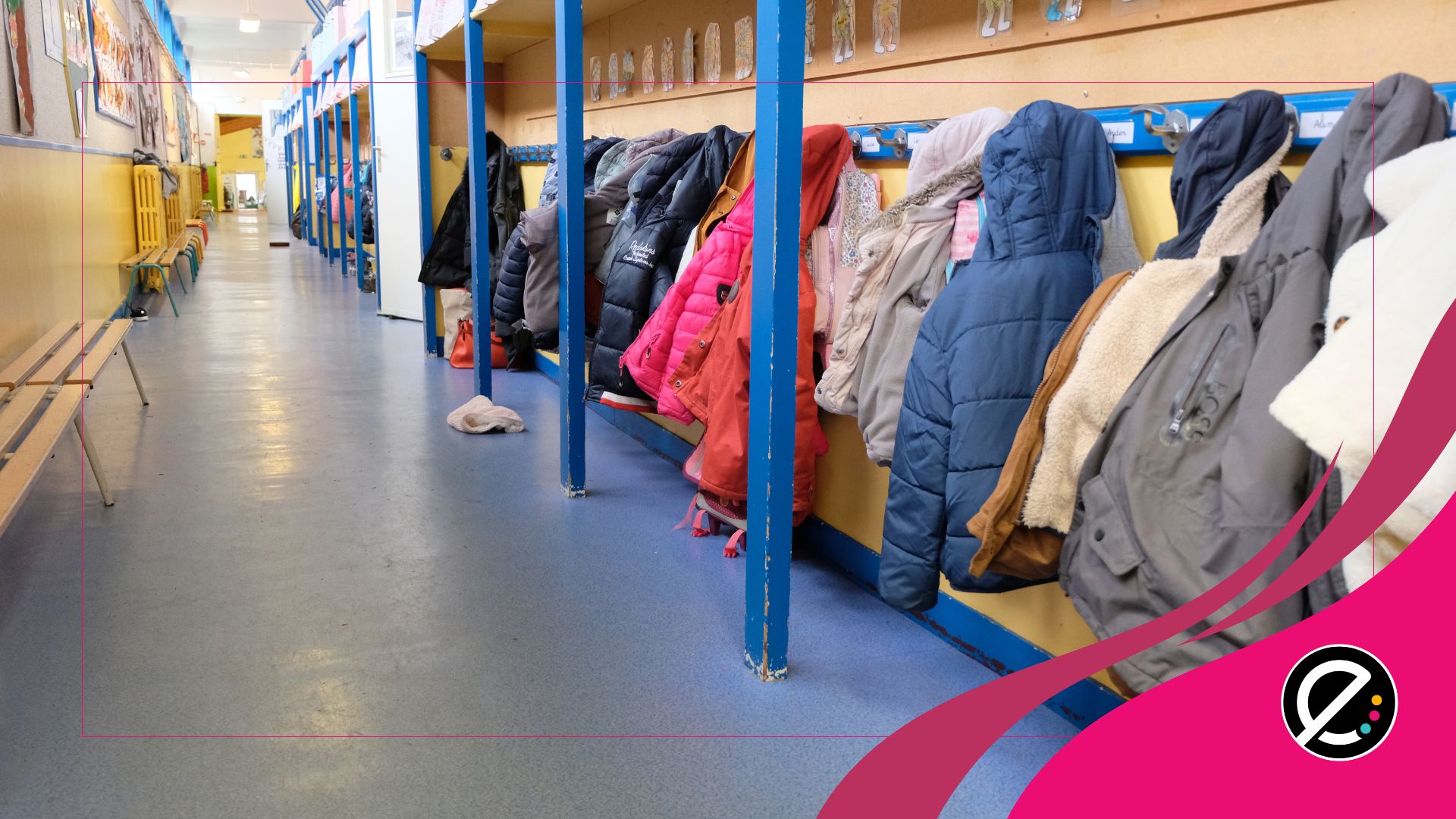L’utilisation de vidéo pour l’apprentissage est de plus en plus répandue. On peut également en profiter pour l’utiliser à des fins de développement professionnel! Voici comment deux spécialistes américaines conçoivent la chose.
Lors d’une récente séance de clavardage organisée par Education Week, Candice Meyers, fondatrice de Teaching Channel et consultante en médias interactifs chez Districts, Foundations and Educational Publishers, et Misty Mitchel, spécialiste des médias et des technologies éducatives à la Hudson Middle School au Texas, ont mis en lumière des stratégies utilisant la vidéo pour favoriser le développement professionnel chez les enseignants.
Selon ces deux professionnelles, il n’est pas suffisant de présenter une vidéo à regarder. Grâce aux nouveaux outils disponibles, on peut maintenant facilement concevoir ses propres vidéos, les modifier et les mettre en ligne grâce à des plateforme très performantes comme EduCanon, Zaption, Screen O Matic ou Google Form. Cette pratique aurait pour effet de rendre la formation plus efficace, selon Meyers et Mitchel, particulièrement lorsqu’on insère des questions dans une vidéo, laisse des pauses pour susciter la réflexion ou encore intègre des liens utiles que les gens en formation pourront consulter. On peut aussi recueillir les réponses des apprenants qui ont consulté la vidéo.
Quelques recherches sur l’utilisation de vidéos à des fins de développement professionnel chez les enseignants montrent que ces derniers arrivent plus facilement grâce à ce médium à identifier les bonnes et moins bonnes pratiques, puis à les reproduire en classe.
Pour les formateurs, Meyers et Mitchel conseillent de commencer par des vidéos de type « étape par étape » (par exemple, comment mettre à jour son site Web de classe?) afin que les enseignants formés réalisent à quel point les vidéos sont efficaces. Ils peuvent aussi réaliser la tâche en même temps qu’ils visualisent, et peuvent s’y référer à nouveau plus tard au besoin. De plus, dans plusieurs cas, il se peut que la méthode les inspire à faire de même pour leurs propres élèves!
Petits projets
Il semble assez simple pour Meyers et Mitchel de réaliser de telles vidéos. L’idéal est d’y aller en modelant des stratégies 1 pour 1 plutôt que dans une classe complète. On peut demander l’aide d’élèves doués en audiovisuel, ou celle d’un collègue avec une tablette numérique tout simplement. L’important est que l’auditoire puisse voir et surtout entendre ce qui est dit dans la vidéo.
En réalité, il suffit de se faire confiance sans craindre le résultat final. Rester dans la simplicité. Alors, qui se lance?






